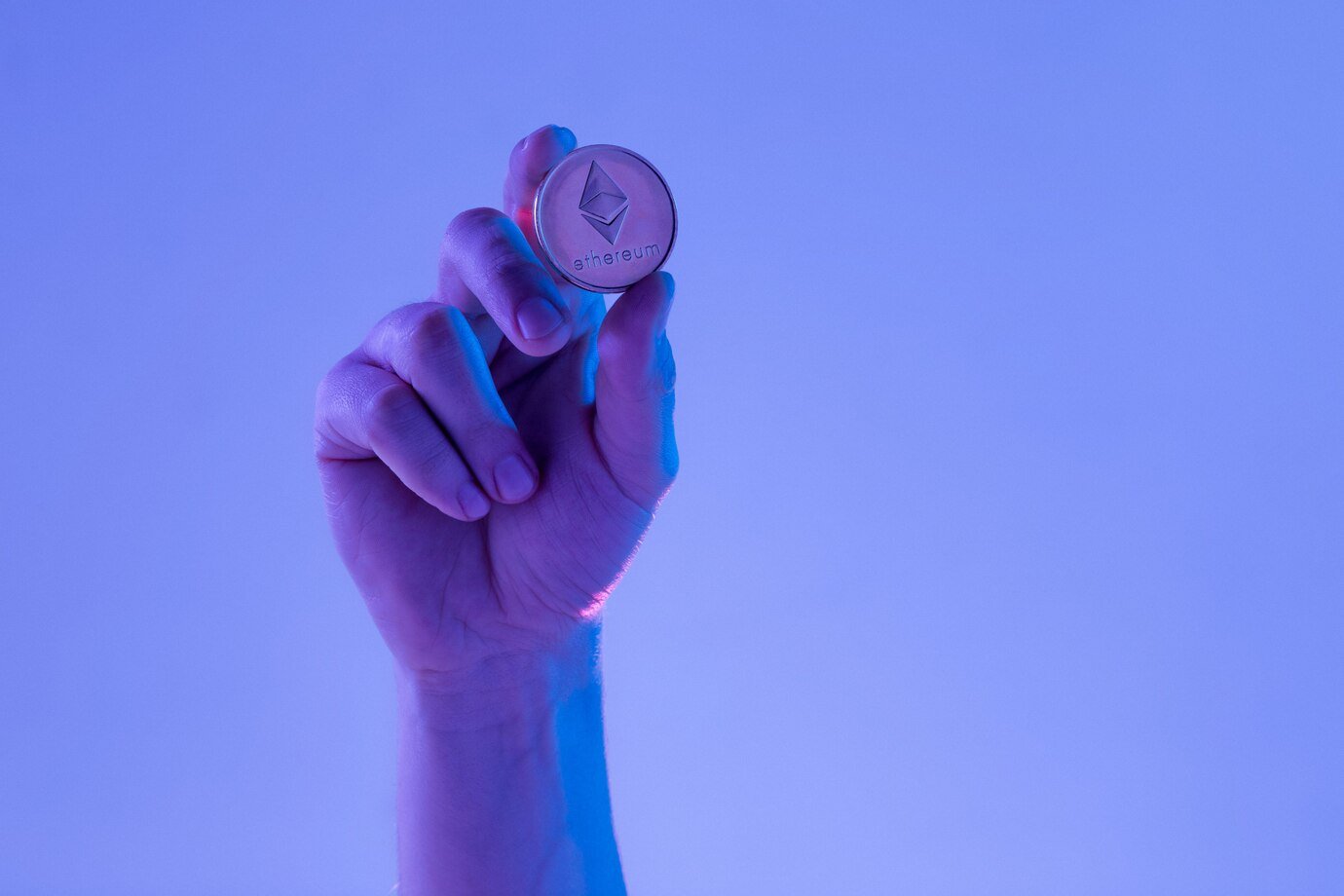Monday to Saturday - 8:00 -17:30

With the explosive growth of cryptocurrencies, many investors are constantly searching for the next Bitcoin or Ethereum—hoping to catch a rising star before it skyrockets in value. While predicting the future success of any cryptocurrency is challenging, there are key indicators and strategies that can help you identify promising projects with potential. In this blog, we’ll explore how to spot the next big cryptocurrency by analyzing market trends, evaluating the technology behind the coin, and assessing other critical factors.
1. Evaluate the Use Case and Utility
The most successful cryptocurrencies solve real-world problems or offer significant utility. When looking for the next big cryptocurrency, consider whether the project has a clear use case that sets it apart from competitors. Does the coin or token provide a unique solution to existing challenges in the blockchain space, or does it fill a gap in another industry?
For example, Ethereum became hugely successful because it introduced smart contracts, a revolutionary technology that allowed decentralized applications (dApps) to run on its blockchain. Similarly, projects like Chainlink (decentralized oracle networks) and Polkadot (interoperability across blockchains) gained traction because they addressed specific needs.
When evaluating a new cryptocurrency, ask:
- What problem does this coin solve?
- How does it improve upon existing solutions?
- Does it have a specific target market or industry?
A project with strong utility is more likely to attract developers, investors, and users, increasing its chances of long-term success.
2. Research the Team Behind the Project
The success of a cryptocurrency often depends on the quality of its team. A project led by experienced developers, blockchain experts, and entrepreneurs is more likely to execute its vision effectively. Look into the background of the team—check their LinkedIn profiles, previous projects, and contributions to the blockchain space.
A strong team should include:
- Developers with blockchain expertise: Having technical knowledge of decentralized systems and cryptography is crucial for building scalable, secure platforms.
- Advisors with industry connections: Advisors who are well-known in the crypto or tech industries can lend credibility to the project and open doors for partnerships.
- Entrepreneurs or executives with startup experience: Founders who have successfully built and managed companies before are more likely to navigate the complex dynamics of launching a new cryptocurrency.
Transparency is also essential. Teams that are transparent about their identities, goals, and progress build trust with the community, which can be a major driver of adoption and success.
3. Analyze the Tokenomics
Tokenomics refers to the economic structure of a cryptocurrency, including its supply, distribution, and incentive mechanisms. Well-designed tokenomics can increase demand for the cryptocurrency, while poorly designed systems may cause inflation, lack of demand, or governance issues.
Some key factors to consider include:
- Total supply: A cryptocurrency with a limited supply, such as Bitcoin (21 million max supply), can be more attractive due to scarcity, while tokens with an unlimited supply may struggle to maintain value if they lack a strong burn or reward mechanism.
- Circulating supply: How many tokens are currently in circulation versus locked up or reserved for future distribution? A low circulating supply could signal future inflation if large amounts of tokens are unlocked at once.
- Incentive structure: Does the token reward holders, stakers, or validators? Are there any mechanisms to encourage long-term holding (e.g., staking rewards or dividends)?
- Governance: Many new cryptocurrencies offer decentralized governance, allowing token holders to vote on key decisions. Projects with fair and transparent governance models are often more appealing to investors.
Understanding tokenomics can give you insight into whether the cryptocurrency will remain valuable over time or suffer from supply and demand imbalances.
4. Assess the Project’s Roadmap and Development Progress
A solid roadmap with clear, achievable milestones is essential for any cryptocurrency project. When evaluating a potential cryptocurrency investment, look at the project’s whitepaper and roadmap. Does the team have a well-defined plan for development, partnerships, and future use cases? Have they delivered on their promises so far?
A project that consistently hits its development milestones and keeps the community updated on its progress shows a higher likelihood of success. On the other hand, projects with vague goals, missed deadlines, or a lack of communication should raise red flags.

 Bitcoin
Bitcoin  Tether
Tether  USDC
USDC  Wrapped SOL
Wrapped SOL